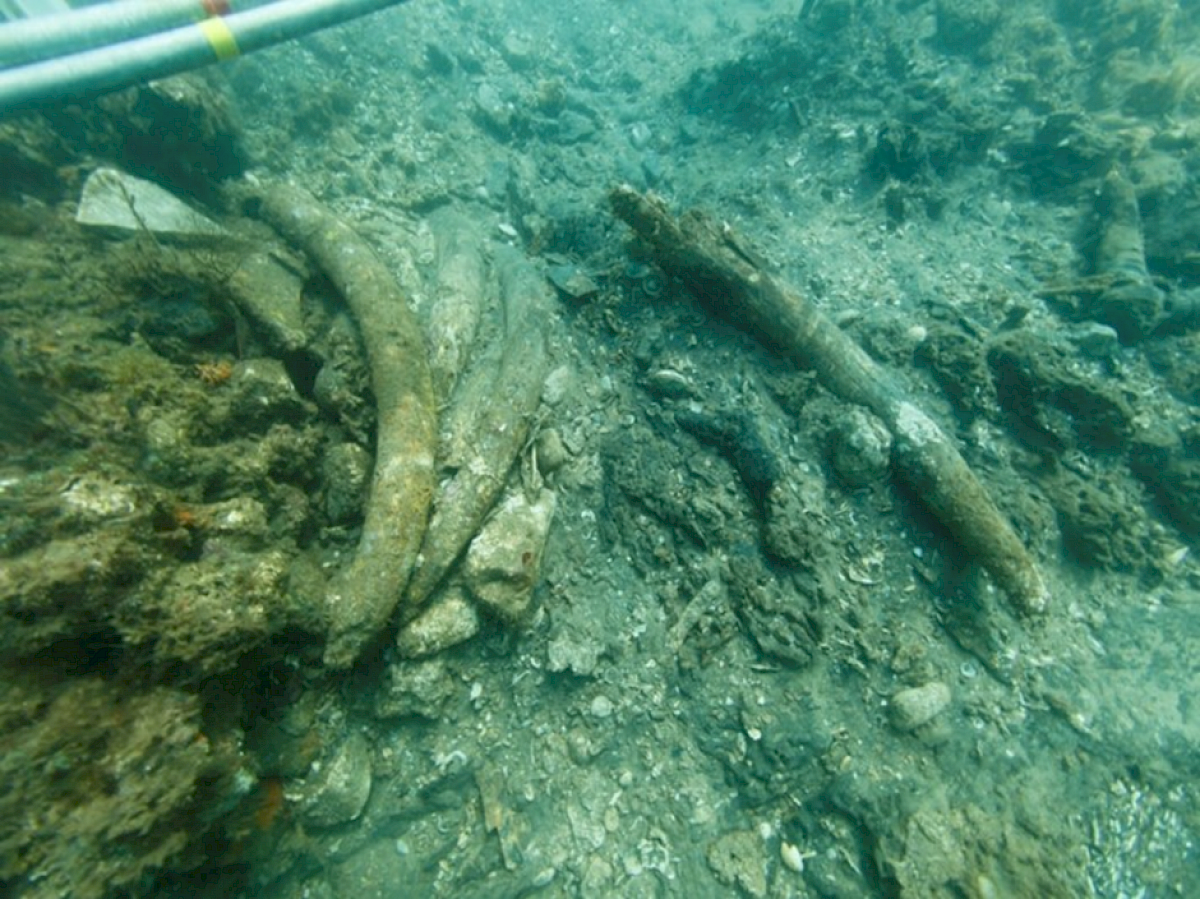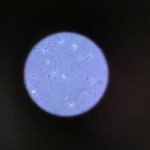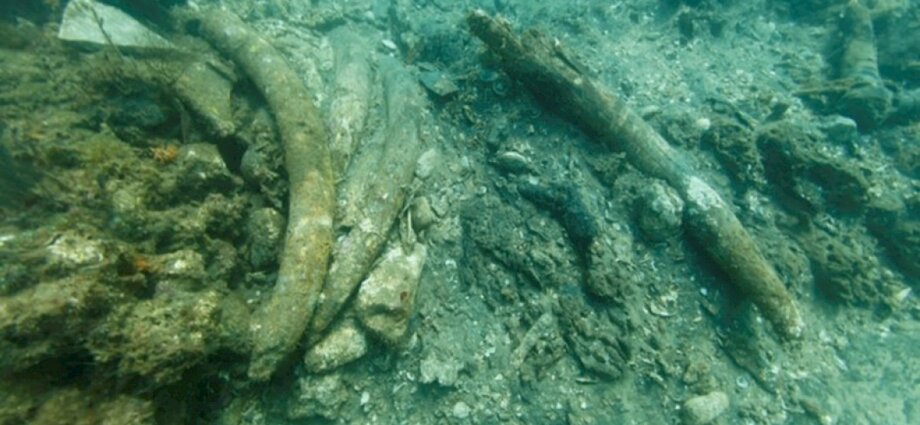A wrecked ship discovered off the coast of Kenya may have been from legendary explorer Vasco da Gama’s final voyage across the Indian Ocean, archaeologists say in a new study.
Researchers say the ship, found in 2013 near a Kenyan coastal town, is a Portuguese vessel and may have been the sailor’s “São Jorge” which sank in 1524 – the year the famed explorer died in India likely from malaria.
“The recent discovery of a Portuguese shipwreck in Malindi, Kenya, could be a galleon from Vasco da Gama’s last voyage,” scientists write in the latest study, published in the Journal of Maritime Archaeology.
If confirmed, the sunken vessel would be one of the earliest European shipwrecks in the Indian Ocean, researchers say.

Vasco da Gama, the pioneering explorer, took the route from Europe into the Indian Ocean in 1497 with his ship being the first to go round the Cape of Good Hope at the southern tip of Africa.
Then starting in 1513, Portugal began building ships for the dual purpose of war and sailing to the Indian and Pacific oceans.
One such ship was built with three or four masts and artillery mounted to cover 360º of its surroundings to allow for effective defence against attacks.
Such ships began to be quickly adopted by other European countries, leading to the evolution of sea voyage during the 16th century.
The ship Sao Jorge, captained by Fernando de Monroy, was one such vessel lost in Malindi about 500 years ago.
Archaeologists hope to conduct further analysis of the newly discovered wreck off Kenya’s coast to confirm its origins.
Lying at a shallow depth of just about 6m underwater off the coast of Kenya, this sunken ship is being protected by the local population, who are part of this community archaeology project.
Timbers from the ship’s hull and frame were unearthed recently in two archaeological trenches made at the submerged site.
The new study suggests this wreck could be one of two early Portuguese ships – the other being Nossa Senhora da Graça, which sank in this region in 1544.
Researchers hope to verify if the ship is truly Sao Jorge partly by conducting “a survey of the coral reefs that stretch north from Malindi to Ras Ngomeni, Kenya – a distance of about 15 miles (25km)”.
If confirmed, researchers say the ship may hold “a significant historical and symbolic value as physical testimony to the presence of Vasco da Gama’s third armada in Kenyan waters”.









